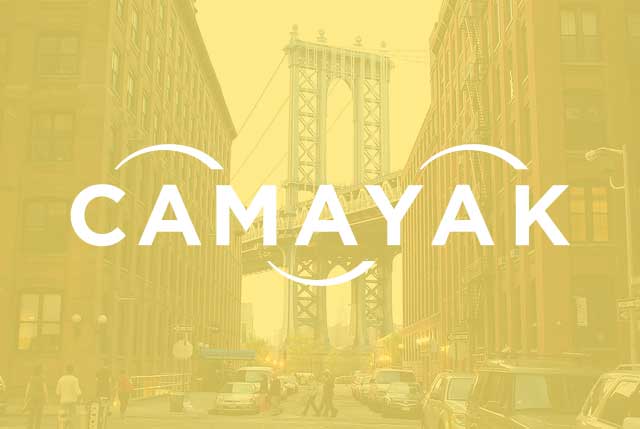Camayak builds in newsroom efficiency, collaboration
Camayak, a pre-publication management system, brings a new level of efficiency to newsrooms — for students and advisers.A previous Editor-in-Chief who graduated and used this time-saving program in her freshman reporting position for the Arizona State University news publication told me I had to use it.Google Docs is satisfying until you meet Camayak. I can’t say the transition from docs to desks-and-editors is seamless, but journalist and program co-founder, Roman Heindorff, is available for tutoring and fixes.Q: Why do you think Camayak is an option for scholastic news rooms, such as high schools and colleges?
A: We’re interested in the ‘surge’ effect that happens in scholastic newsrooms: those moments you get in a semester or year when morale peaks and a group of less experienced students suddenly ‘get it’. We can help broadcast those moments to students that aren’t sitting in the same room, as they’re working in real-time. A student’s time is increasingly limited so the more social and efficient we can make their newsroom experience, the better. We also offer free public portfolios to everyone who uses Camayak, even if you’re an editor who hasn’t appeared on any bylines yourself.
Q: How many high school newspapers are using Camayak? How many colleges? How many professional news organizations?
A: Around 20 high and middle schools, 40+ colleges and around a dozen professional media teams. We’re also working on some very exciting partnerships that we’ll be announcing when school starts again.
Q: What do you see as Camayak’s best feature for scholastic journalism?
A: Professional newsrooms pay salaries and employ full-time staff. Without that kind of stability you need to find self-sustaining incentives that keep students engaged, to make the most of the time they’re prepared to give you. We have popular chat threads on every assignment and pitch that students use to focus their discussion and encourage input from a wider group. Communication in a Camayak newsroom is designed to allow students to learn from the feedback they see their colleagues receiving, as well as their own. We’re also tracking things like how frequently people submit their work on time, how well they’re publicizing their work on social media and automatically prompting them to pay attention to the instructions their editors give them, as they compose their work. It’s part of our mission that from the time you enter a Camayak newsroom to when you leave, we’ve helped accelerate the learning curve that you’ve been through with your colleagues.
Q: Do you think there’s an optimal type of news room that Camayak fits best (such as the concern I had that we are so small, which didn’t end up being an issue)?
A: Newsrooms producing 40+ assignments a day have an easy time quantifying their benefits, just in terms of the time they save not jumping between Google docs, chasing people by email, triple-checking that they have the latest revision, having to clarify ‘where things are’ or rely on people to upload content to their site. But by far our most excited customers are those with anywhere from 1-5 really motivated editors who have one eye on where they’d like their newsroom to be by the end of their time there. If you give Camayak to a good leader, their enthusiasm will ripple out to other staff really quickly and suddenly there’s much more time to firmly focus on the content they’re producing.
Q: Do you think it’s better for news sites online than for print publications?A: We work with both and you can actually publish directly from Camayak to any platform you choose (we’ve had a great partnership with SNO for two years, for example). We just started working with a print magazine in the UK who told us last week that they halved the amount of time it took to assemble their latest issue. We’re also interested in offering yearbook-specific pricing, so we’re definitely committed to supporting print-centric publications. Print runs are constrained by budgets, though, so if you’re asking where I think we’re going to see the biggest growth, I’d say it’s certainly going to be with digital teams whose staff can run with a no-limit policy to expand their online footprint.
Q: What’s your plan for Camayak in the future?
A: We’d love to work with more publications and companies at both ends of the spectrum and will be launching more features that highlight and reward good work. Which of your writers generate the most traffic for your publication? Which groups of students are faster at going from pitch-to-publish than others? These are some of the things we’d like our customers to be able to see and use to improve the training they can offer as many students as possible.
Q: Is there anything you’d like to add, or is there a question you thought I’d ask but didn’t?
A: We’re still figuring out our pricing for high schools, so I’d recommend that you keep an eye out for an announcement we’ll be making later this Summer.



